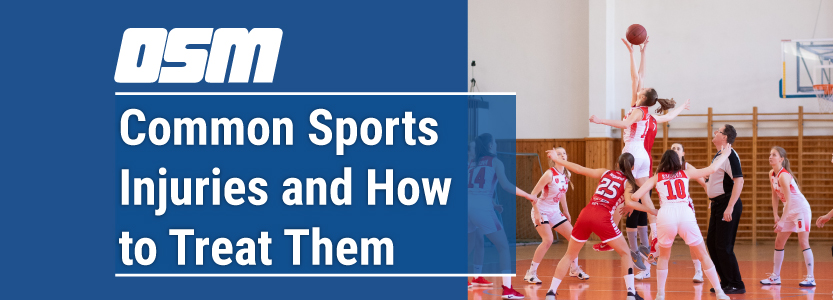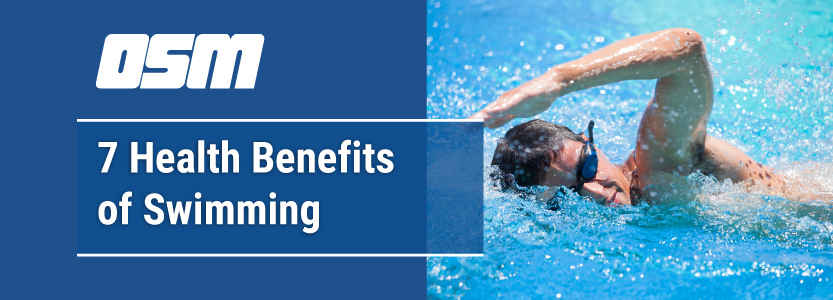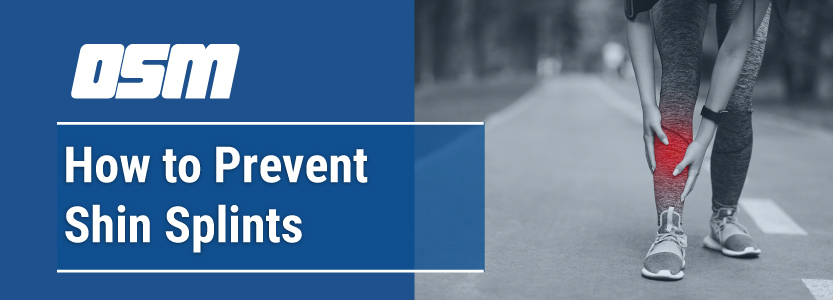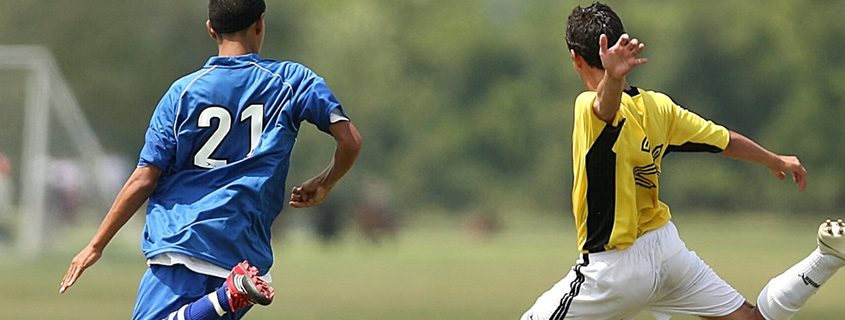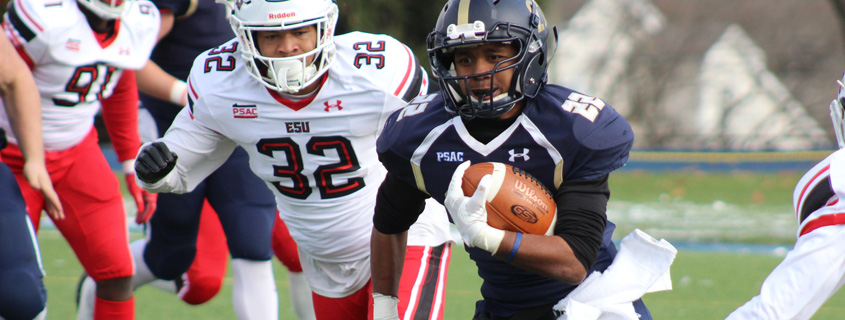Common Sports Injuries and How to Treat Them
Article featured on Arkansas Surgical Hospital
Most sports injuries result from either overuse of a joint or damaging a joint through tearing or spraining ligaments or muscles. Some of the most common sports injuries include torn ACLs, shoulder dislocation, torn rotator cuffs, and sprained ankles. During the late summer months, emergency departments and orthopedic specialists see a sharp uptick in these injuries. Sports such as baseball, basketball, volleyball, and tennis contribute to the increase in sports injuries.
Sprains
Sprains or strains are the most common sports injury, with ankle sprains affecting 25,000 people every day. Any sports activity that requires running, lunging, or shifting on your feet can lead to an ankle sprain, which is the stretching or tearing of ankle ligaments. A strain is damage to the tendons or muscles. Both cause swelling, pain, and the need to stop using the ankle for a while.
To minimize your risk of ankle sprains, make sure you stretch and warm up properly before any sports activities. Stretching helps warm up the ligaments and muscles and makes them more flexible. More flexibility means less chance of overextending the ligaments and causing damage.
Torn ACL
Knee injuries can be devastating to casual exercisers as well as athletes. The ACL (anterior cruciate ligament) in the knee is one of the major ligaments controlling joint movement and preventing overextension of the knee. The ACL connects the upper and lower leg bones. Most torn ACLs are the result of sudden stopping and starting movements or shifts in direction. They are common in basketball and other sports that may cause the individual to shift balance quickly. Jumping and landing, as in volleyball, can also cause a torn ACL. If you are exercising or participating in a sport and hear or feel a sudden “pop” in your knee, you may have torn your ACL. A torn ACL will cause severe pain, the inability to put weight on your leg, and swelling.
As with any potential sports injury, the first step in prevention is proper preparation. Stretching and warming up will help prepare the ligament for exercise. Stretching after workouts will also help keep the joint from tightening up and becoming injured.
Exercising correctly is also crucial. Practice landing and jumping properly. Your knees should be straight for jumping and bend when landing. Try not to twist your knees when you’re jumping or coming back down, which increases stress on the ACL. Changing directions should also be practiced so you can do it without twisting the knees.
Shoulder Dislocation
A dislocated shoulder has a wide range of symptoms, including deformity of the joints, severe pain, swelling and bruising, instability or locking of the joint. There may also be weakness, burning, or numbness in the neck or arm. Some people may experience shoulder spasms that increase the pain. Unfortunately, there is a 7 in 10 chance of a repeat shoulder dislocation after the first one. For this reason, it’s imperative to learn ways to prevent it in the first place and minimize the chance of recurrence.
For tennis players and others who rely on their shoulder joint, warm-up and stretching are a good idea, but they should also take the time to strengthen the shoulder joint, so it’s less likely to become dislocated. Exercises can be as simple as pushing out against a wall with your arm; elbow flexed as though shaking hands with someone. Repeat this up to 20 times, holding for 5 seconds each time. Then push the arm and shoulder inward, pressing the bent hand into the opposite palm, repeating 20 times for 5 seconds each time. Resistance band exercises can also strengthen the shoulder joint, as can working with lightweight dumbbells.
Many shoulder dislocations are the result of falling and catching yourself improperly. If you do fall, resist the urge to catch yourself with your hands, as this frequently leads to a shoulder dislocation or broken arm bone. Keep your arms bent close to your body, spinning so that you land on your buttocks or side. Wearing protective gear on your shoulders can also help prevent repeat injuries.
Torn Rotator Cuff
Fraying or the tearing of rotator tendons in the shoulder is known as a torn rotator cuff. While physically active people are most susceptible to a torn rotator cuff, you can also sustain a torn rotator cuff even if you are sedentary. The pain of a torn rotator cuff may be sudden and severe or begin as a nagging pain when using the shoulder for routine activities such as shaking hands, lifting things, putting on clothing, or reaching behind the body. Severe pain at night due to swelling may interfere with sleep.
Exercise focusing on strengthening the small cluster of muscles in the rotator cuff. Combine activities that strengthen the entire shoulder area with some exercises specifically for the rotator cuff. Lower resistance with multiple repetitions is best for strengthening the area. Keeping the movements small and controlled will also help.
The Takeaway
Increased activity and participation in sports are good for your health, and changes in the weather makes it more enjoyable. To make sure you can continue to enjoy your activities, the crucial elements are proper warm-up, exercises to strengthen your joints, and knowing how to move correctly to minimize the possibility of injury. Working on balance and stability is also helpful. Yoga, tai-chi, and other activities that focus on slow stretching and enhanced, safe movement can help reduce injuries. Knowing your limits is also essential. If you haven’t played basketball for a few years, a rigorous game the first time out isn’t a good idea. You need to relearn how to move safely and make sure your muscles and ligaments are properly toned and warmed up every time you play.
The Orthopedic & Sports Medicine Center of Oregon is an award-winning, board-certified orthopedic group located in downtown Portland Oregon. We utilize both surgical and nonsurgical means to treat musculoskeletal trauma, spine diseases, sports injuries, degenerative diseases, infections, tumors and congenital disorders.
Our mission is to return our patients back to pain-free mobility and full strength as quickly and painlessly as possible using both surgical and non-surgical orthopedic procedures.
Our expert physicians provide leading-edge, comprehensive care in the diagnosis and treatment of orthopedic conditions, including total joint replacement and sports medicine. We apply the latest state-of-the-art techniques in order to return our patients to their active lifestyle.
If you’re looking for compassionate, expert orthopedic surgeons in Portland Oregon, contact OSM today.
Phone:
503-224-8399
Address
1515 NW 18th Ave, 3rd Floor
Portland, OR 97209
Hours
Monday–Friday
8:00am – 4:30pm

